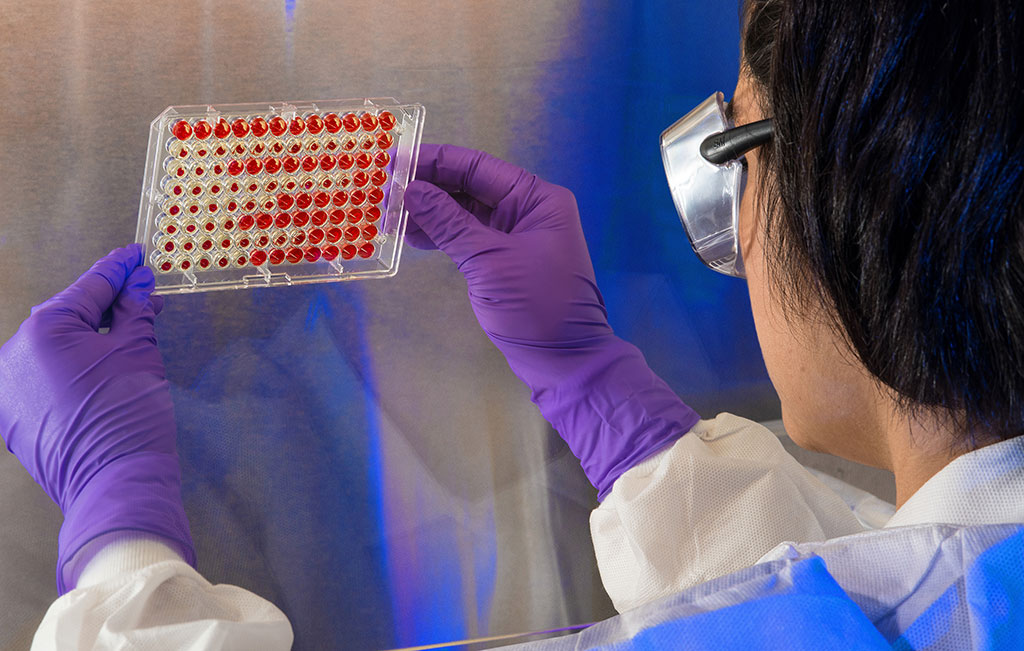Blood Test Identifies Acute Myeloid Leukemia Patients Having Higher Relapse Risk
Posted on 10 Mar 2023
Acute myeloid leukemia (AML), a fatal blood cancer, represents 1% of all new cancer cases, with higher incidence rates among adults aged 65 and over. A bone marrow transplant is often the go-to treatment for AML, where diseased blood-forming cells are replaced with healthy ones from a donor, leading to improved chances of recovery. However, studies indicate that residual traces of leukemia can hamper the success of a transplant. Now, a blood test can identify AML patients at a greater risk for relapse after bone marrow transplant.
Researchers at the National Institutes of Health (NIH, Bethesda, MD, USA) have demonstrated the advantages of screening adult patients in remission from AML for residual disease prior to going for a bone marrow transplant. In the current study, the researchers wanted to show that using standardized genetic testing to screen patients in remission for evidence of low levels of leukemia could improve the prediction of their three-year risks for relapse and survival. For this purpose, the team used ultra-deep DNA sequencing technology to screen blood samples from 1,075 adults who were in remission from AML and preparing for a bone marrow transplant.

Following the screening of adults with variants generally associated with AML, the team found that the two most common mutations in AML – NPM1 and FLT3-ITD – could be utilized to track residual leukemia. Out of 822 adults with these variants detectable at initial diagnosis, 142 adults, or approximately one in six, still had residual traces of these mutations after therapy although they had been classified as in remission. The researchers found almost 70% of patients with the lingering NPM1 and FLT3-ITD mutations had a relapse and only 39% survived after a period of three years. Comparatively, just 21% of adults without this evidence of trace leukemia suffered from a relapse after three years and 63% of them survived.
The researchers' analysis also revealed that adults with persistent mutations who were younger than 60 years and were given higher doses of chemotherapy and/or radiotherapy as part of their transplant preparation had better prospects of staying cancer-free after three years compared to those who had received lower doses. The team also found that adults who were not given stronger treatment before the transplant, which is now recommended as part of clinical guidelines, performed better when a chemotherapy drug melphalan was included in their lower-dose therapy. Nevertheless, further research will be required to evaluate these potential benefits as well as of other treatments, including targeted therapy for the FLT3-ITD mutation.
“This study confirms prior research and provides new important data showing why testing for residual disease before a transplant is critical,” said Rear Admiral Richard Childs, M.D., clinical director and acting scientific director of National Heart, Lung, and Blood Institute (NHLBI). “This information can also empower physicians to tailor transplant strategies, including considering different pre-transplant conditioning regimens and chemotherapies, to reduce an AML patient’s risk for relapse and improve their long-term chance for survival.”
Related Links:
NIH













